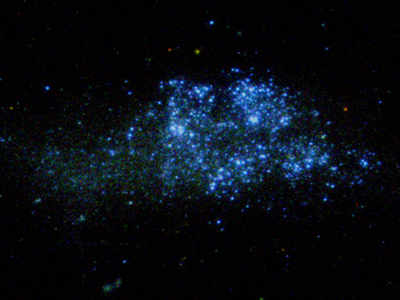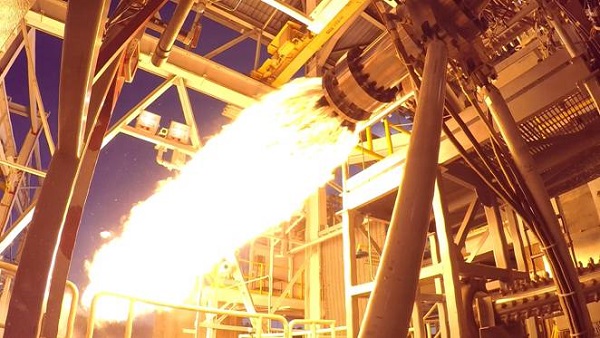MISSION: ASTROSAT
As name
indicates astro, means Astrosat is the first astronomy mission of India
launched by Indian space research organisation for studying different astronomical
contents and cosmic sources.
LAUNCH:
This was the
multi-wavelength space observatory launced on 28 September 2015. It was
launched on PSLV-C30 vehicle in PSLV-XL configuration from Satish Dhawan
Research Center. The ground command and control centre of Astrosat is located at ISRO Telemetry, Tracking And Command Network (ISTRAC). Astrosat
has a lift-off mass of 1513 kg and has a orbit of 650 km and with an
inclination of 6° towards equator.
PURPOSE:
The main
scientific purpose of the mission was to study and detect on X-ray binaries, UV
bands, clusters of galaxies and stellar evolutions. It also used for the detection of stars, behaviour of matters at extreme densities and magnetic fields. Later it will study on the physics of neutron stars and black holes from it's neighbours and the nature of stellar explosions from other sources etc. On PSLV-XL, the 6
instruments payload satellite Astrosat was launched on its mission.
 |
| (Source-ISRO) |
- UVIT
- Ultra-Violet Imaging Telescope
- SXT
- Soft X-ray imaging Telescope
- LAXPC - Large Area X-ray Proportional Counters
- CZTI
- Cadmium Zinc Telluride Imager
- SSM
- Scanning Sky Monitor
- CPM
- Charged Particle Monitor
These payloads are chosen for the insight of
various astronomical phenomena and astronomical objects constituting the
Universe.
Read: GISAT - 01
FEATURES AND OBJECTIVES:
It can
enable the simultaneous multi-wavelength observations of various astronomical objects
with a single satellite. This is the unique feature of this mission which can
operate by one satellite system.
Various
objectives of this mission are:-
- To detect new X-ray sources, X-ray transients
and pulses.
- To perform a survey on high resolution UV imaging/UV
region.
- To estimate the high energy process in binary star systems containing neutron stars.
- To study magnetic field of neutron stars.
Also Read: GSAT - 16
 |
| Credit-ISRO |
PREVIOUS RESULTS:
· Its first detection was on 5 Jan 2017. A gamma-ray
was detected by Astrosat.
·
A coronal explosion on "Proxima
Centauri" which is the closest star neighbour of Sun was detected on 31 May 2017.
·
A galaxy cluster was captured by
Astrosat which was 800 million light-year away from Earth.
 |
| Star clusters captured by Astrosat (Source-ISRO) |
RECENT DETECTION:
Recently, Astrosat has detected UV radiation from a galaxy named AUDFs01 which is 9.3 billion light years from Earth. This discovery was conducted by Inter University Centre for Astronomy and Astrophysics (IUCAA) with a foreign collaboration with the countries like Switzerland, France, USA, Japan and Netherlands.
The Ultra-violet Imaging Telescope (UVIT) has recorded extreme Ultra-Violet radiation emision from the galaxy while in earlier days, Hubble Space Telescope (HST) of NASA couldn't be able to detect any emissions from this galaxy because the galaxy was too faint and difficult to detect.
 |
| The Global Team of scientists with IUCAA Team was detected emissions from a galaxy (Representational view) |
This is actually a great discovery of the decades that might be helpful for the scientists to reveal the end of dark ages and also the details about Big Bang which will boost the upcoming cosmological research in future.
MISSION OUTLINE:
Launch
mass - 1513 kg
Launch
vehicle - PSLV-C30
Inclination - 6°
Period - 97.6 min
Regime - Equatorial
Reference - Geocentric
Operator&Owner -
ISRO
Mission
type - Space observatory






3 Comments
Nice Information 👍
ReplyDelete👍👍
ReplyDelete👌👌👌
ReplyDelete